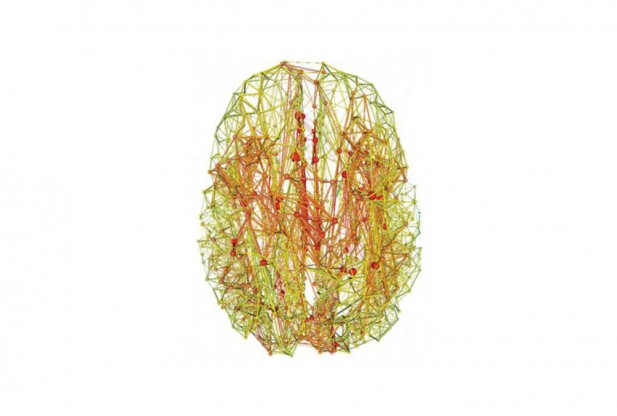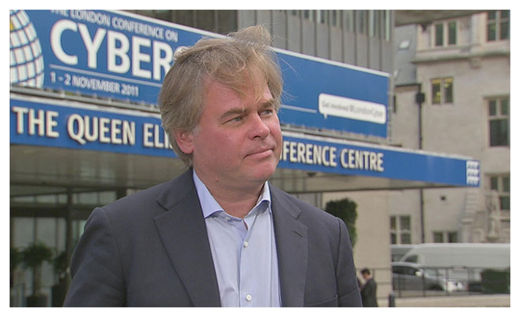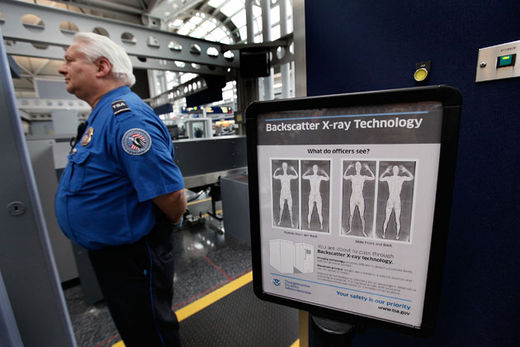
© Van den Heuvel, et al. The Journal of Neuroscience 2011This image shows the group connectome, with the nodes and connections colored according to their rich-club participation. Green represents few connections. Red represents the most.
Just as the Occupy Wall Street movement has brought more attention to financial disparities between the haves and have-nots in American society, researchers from Indiana University and the University Medical Center Utrecht in The Netherlands are highlighting the disproportionate influence of so called "Rich Clubs" within the human brain.
Not all regions of the brain, they say, are created equal.
"We've known for a while that the brain has some regions that are 'rich' in the sense of being highly connected to many other parts of the brain," said Olaf Sporns, professor in the Department of Psychological and Brain Sciences in IU's College of Arts and Sciences. "It now turns out that these regions are not only individually rich, they are forming a 'rich club.' They are strongly linked to each other, exchanging information and collaborating."
The study, "Rich-Club Organization of the Human Connectome," is published in the Nov. 2 issue of the
Journal of Neuroscience. The research is part of an ongoing intensive effort to map the intricate networks of the human brain, casting the brain as an integrated dynamic system rather than a set of individual regions.
Using diffusion imaging, which is a form of MRI, Martijn van den Heuvel, a professor at the Rudolf Magnus Institute of Neuroscience at University Medical Center Utrecht, and Sporns examined the brains of 21 healthy men and women and mapped their large-scale network connectivity. They found a group of 12 strongly interconnected bihemispheric hub regions, comprising the precuneus, superior frontal and superior parietal cortex, as well as the subcortical hippocampus, putamen and thalamus. Together, these regions form the brain's "rich club".


